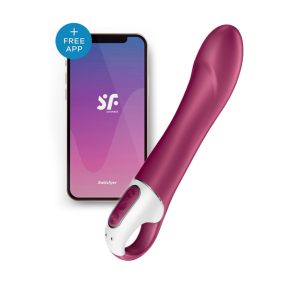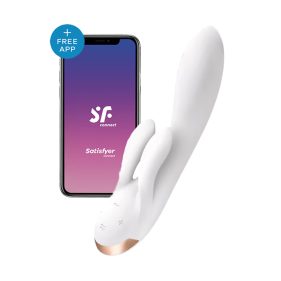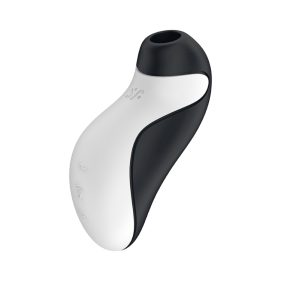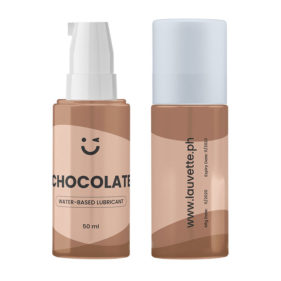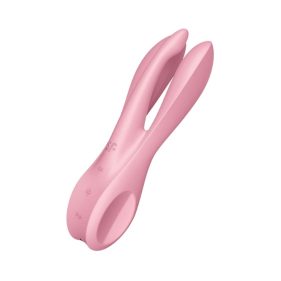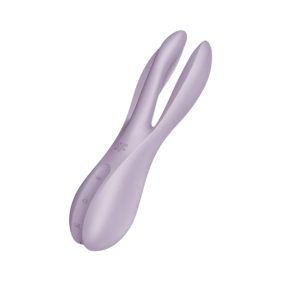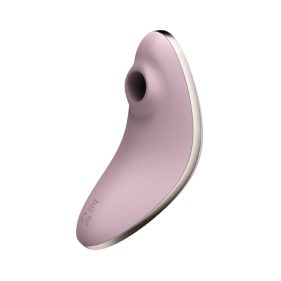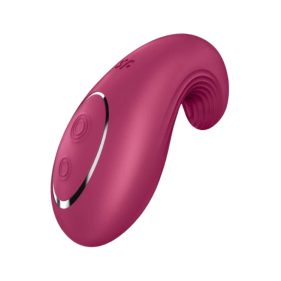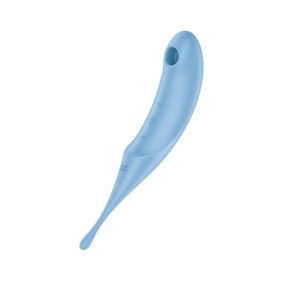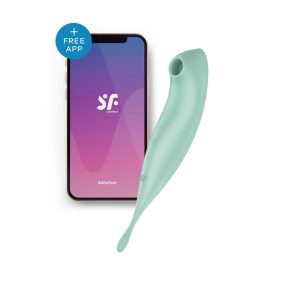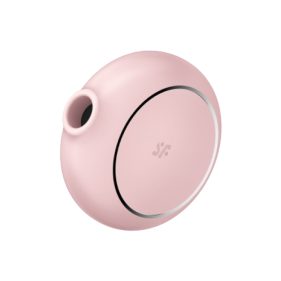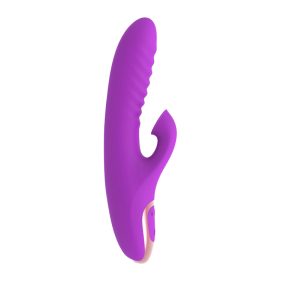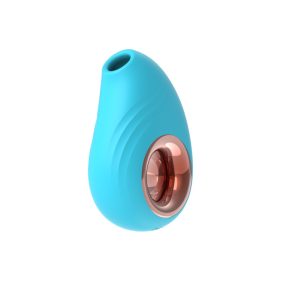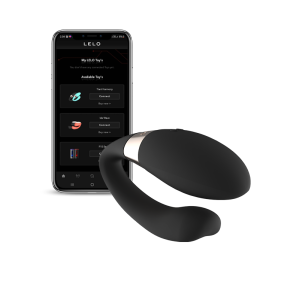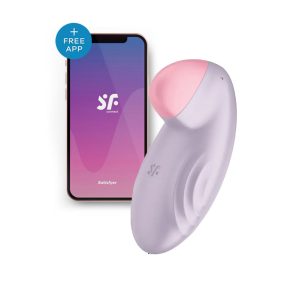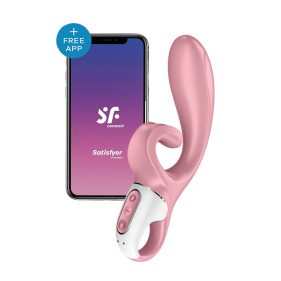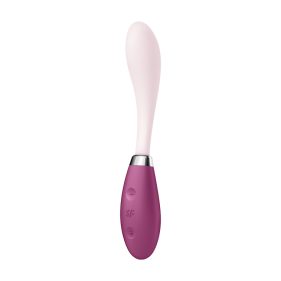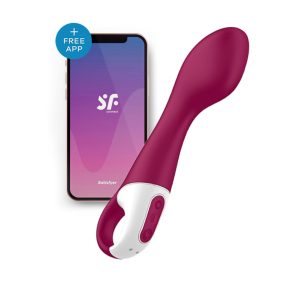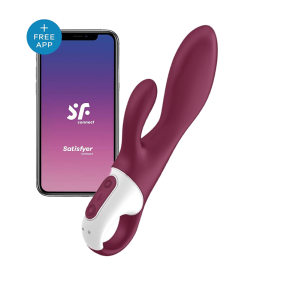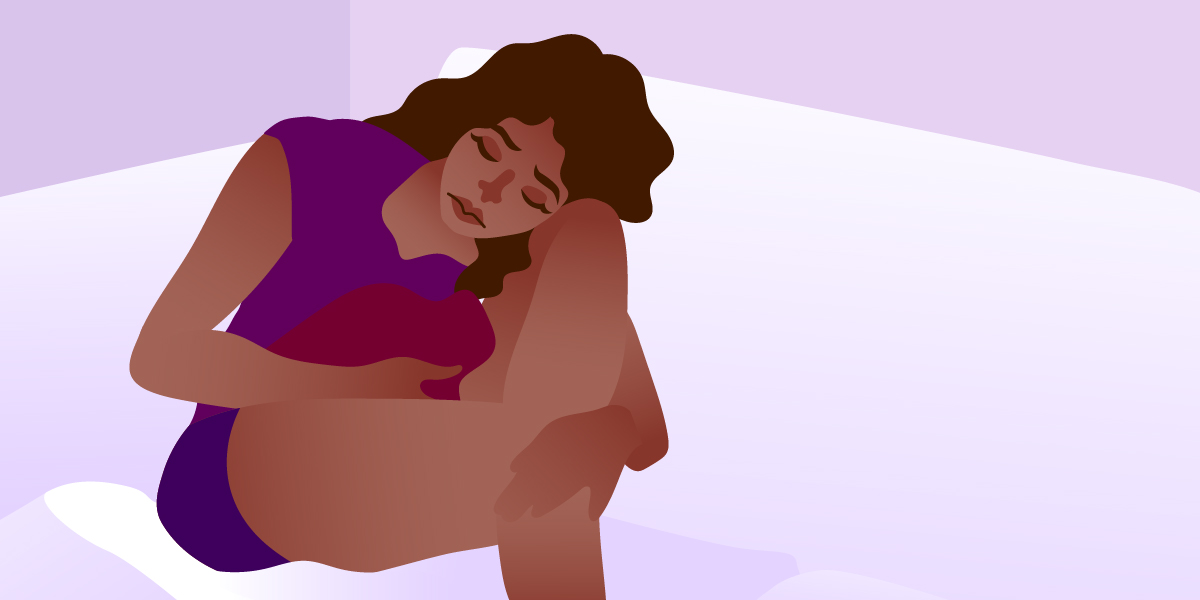
If you thought getting your period could be a rollercoaster ride, the craziness actually begins before it starts. From mood swings, random food cravings, and body pain, these symptoms would arise to let you know that your time of the month is coming. Or rather, you’d call it premenstrual syndrome,
In this article, we’re going to take a deep swim with what this combination of symptoms is all about and how to treat them over time.
What is Premenstrual Syndrome?
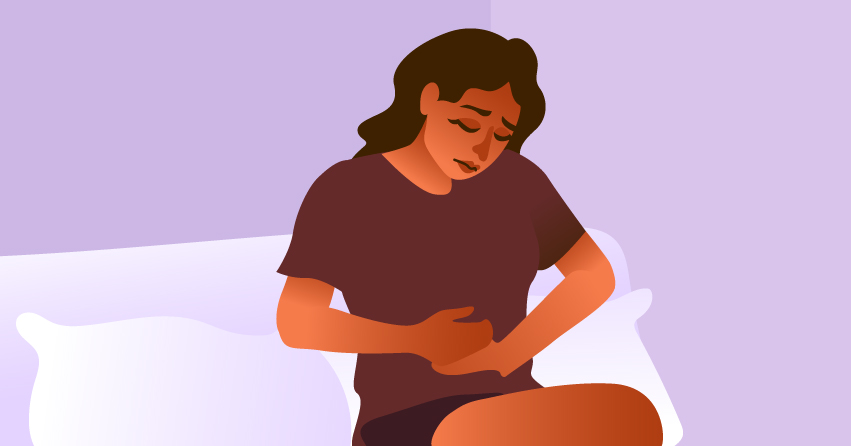
Healthline defines Premenstrual Syndrome (or PMS, for short) as the:
“changes in mood and emotions, physical health, and behavior that develops anytime after ovulation to the start of your next period.”
On estimate, this takes place between two weeks before your period. They also manifest in your life in various ways and create various impacts on you. Those combinations of body changes can range from mild to moderate. In some scenarios, women can get their periods without having PMS.
However, some symptoms can be severe and disrupt your daily life. We’ll talk more about this later on.
This study shows that around 48% of women during their child-bearing years experience PMS. Another study shows that 3 out of 4 women get PMS symptoms throughout their life. It’s mostly common to women in their late twenties to forties, who bore a child and have a family history of depression.
In most situations, a person would know if they’re experiencing premenstrual syndrome if the pattern has become predictable over a long time. But there can be times wherein the levels are unpredictable, rising or falling out of the blue. Regardless, everyone experiences PMS differently.
Possible Causes of Premenstrual Syndrome
There’s no exact cause behind this array of symptoms occurring in women or AFAB before their period. Regardless, we gathered a few possible causes behind PMS.
1 Hormonal Changes

All throughout your menstrual cycle, your hormones are all over the place.
From ovulation, where a mature egg exits your ovaries and flows from your fallopian tubes to the uterus, it proceeds to the luteal phase. Better Health Channel states that this phase fluctuates one’s progesterone and estrogen levels due to the cells released from the ovaries (the corpus luteum). Thus, it thickens the uterine lining (endometrium).
Usually, this occurs to prepare your body for pregnancy. But because that’s not the case, the corpus luteum dies, and progesterone levels decrease. Alongside this, your uterine lining sheds, and your period begins.
2 Lifestyle Habits

Some habits, vices especially, can influence the gravity of your premenstrual syndrome symptoms. It can be from smoking and binge-drinking. Outside of vices, unhealthy habits such as lack of proper sleep and exercise can affect how you experience PMS every month.
3 Chemical Changes in the Brain
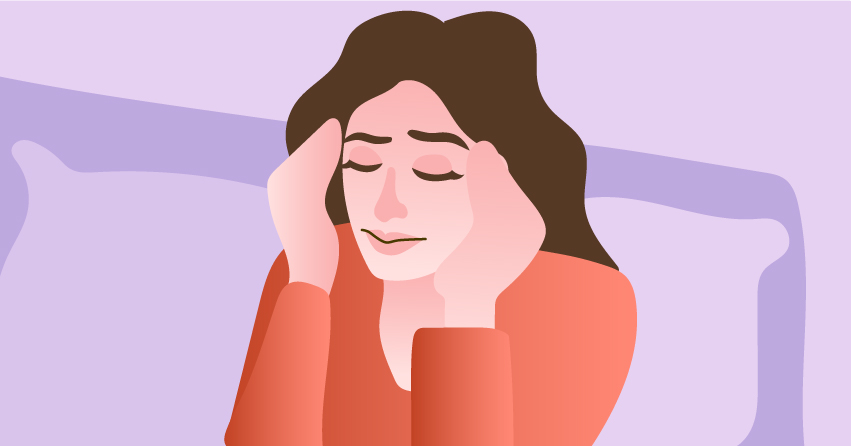
Healthline points out two neurotransmitters play crucial roles in regulating the mood and behavior of our body: serotonin and norepinephrine. Serotonin is usually known as one of the happy hormones, while norepinephrine is responsible for your fight-or-flight response and also boosts your mood.
For serotonin, if there’s an insufficient amount of these in our system, we’re more likely to feel fatigued and experience sleep problems. In fact, a portion of estrogen can release norepinephrine, which halts the production of serotonin and other chemicals like dopamine (another happy hormone) and acetylcholine (responsible for improving your focus upon waking up).
4 Diagnosed Medical Conditions

As mentioned earlier, having a history of depression (postpartum included) can increase your risk of getting Premenstrual Syndrome. Other mental disorders, such as anxiety and bipolar disorder, are included as well.
In the worst-case scenario, you can be diagnosed with Premenstrual Dysphoric Disorder. PMDD for short, this disorder is a severe type of Premenstrual Syndrome. Aside from heightened levels of the symptoms we mentioned above, it can also lead to suicidal thoughts and co-occurring signs related to any mental disorder you’re diagnosed with. It may affect only a small percentage of women, but you may need to see a therapist or psychiatrist aside from a medical professional you’ve been consulting with.
If not PMDD, experiencing Premenstrual Exacerbation is a possibility. Also abbreviated as PME, this condition occurs when symptoms of any previously diagnosed mental condition worsen before your period. If you’re living with a mental condition, whether we mentioned it in this section or not, you may need to stay extra aware of your symptoms.
-
Original price was: ₱4,745.00.₱4,270.50Current price is: ₱4,270.50.
-
₱4,745.00
-
₱4,745.00
-
₱4,045.00
Symptoms of Premenstrual Syndrome
As mentioned earlier, premenstrual syndrome is a set of bodily changes that can impact your life before your period begins. Some can be mild to moderate, while others can put your life on halt due to the pain. If you have PMS, here are some symptoms you may consecutively feel during that time.
1 Physical
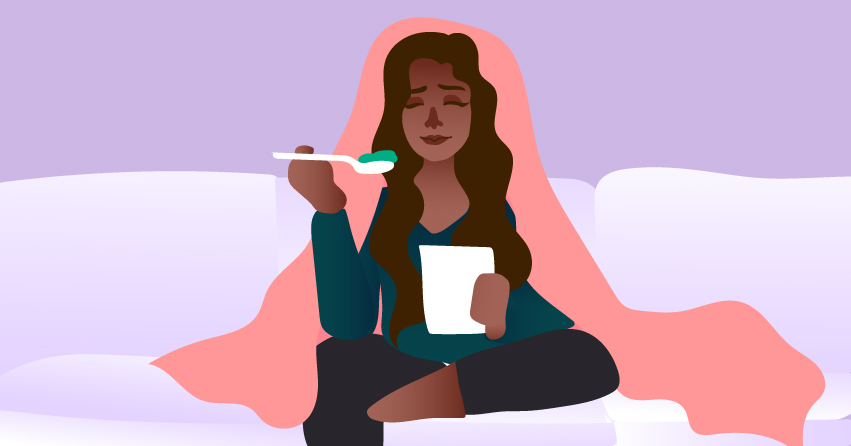
Anything related to your outer body may be the first thing you’ll feel a significant change in. Those symptoms or signs include:
- Food Cravings
- Bloating and Weight Gain
- Body pain
- Fatigue
- Skin Problems (e.g., Acne)
- Constipation
- Sore and Swollen Breasts
- Cramping
- Clumsiness
- High Sensitivity to Noise or Light
2 Emotional
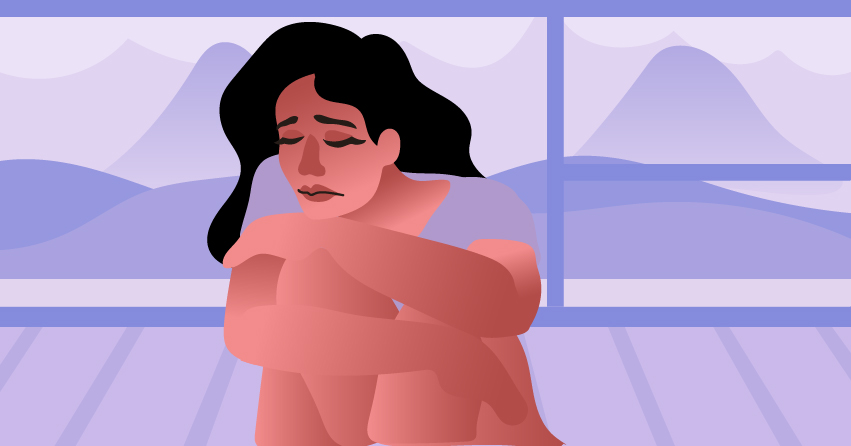
Due to a bunch of hormonal shifts occurring within our body, it can impact our mood and behavior. Signs to look out for include:
- Anxiety or Tension
- Irritability
- Changes in Sexual Desire or Libido
- Mood Swings
- Change in Sleeping Patterns or Insomnia
- Crying Outbursts
- Trouble in Concentration or Memory
-
₱150.00
-
₱150.00
-
₱150.00
-
₱150.00
How to Diagnose Premenstrual Syndrome
There’s no actual test you need to take to see if you have Premenstrual Syndrome. Booking a consultation with a medical professional in the field marks a good start. This is because it can help give you better direction on navigating your experience with PMS.
Alongside this, it helps to track symptoms beforehand. The American College of Obstetricians and Gynecologists adds that those symptoms must also be:
- Interrupts your daily lifestyle
- Present 5 days before a period for at least 3 consecutive menstrual cycles
- Ends within 4 days after your period started
On the day of your consultation, you may be asked questions by your medical professional, such as:
- What symptoms do you experience often?
- When do these symptoms slow down or stop?
- How many days in a week do you bleed?
- On what days do you bleed light, moderate, and heavy?
- Do these symptoms interfere with your life? How and why?
They may also ask you about your family history regarding medical conditions, so prepare for these things in advance. It may be vital if there’s a possibility of being diagnosed with PMDD or PME.
-
₱4,045.00
-
₱4,045.00
-
₱4,045.00
-
₱4,045.00
Lifestyle Changes to Alleviate Premenstrual Syndrome
Any relief is better than none. If you want a less painful and stressful experience with premenstrual syndrome, jot down our suggested lifestyle changes to get you started. If not now, then when? Nobody wants to be super cranky while PMS-ing.
1 Incorporate exercise into your routine.
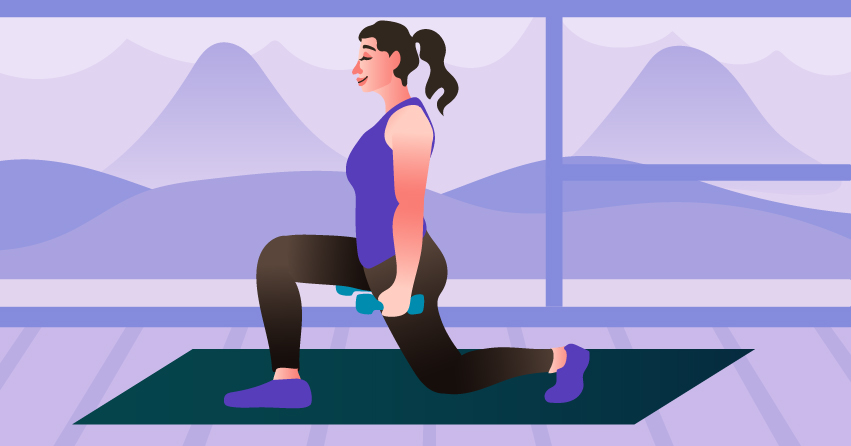
Aerobic exercise is a big help when you’re experiencing premenstrual syndrome. Not only will it relieve bloating or cramping, but it will also ease symptoms directed towards anxiety and depression. You release endorphins when you work out, boosting your mood and relieving any stress you’ve felt the entire day.
Examples of aerobic exercise to apply in your routine include running, cycling, and brisk walking. Any other physical activity can help too, as long you dedicate at least 30 minutes to an hour to it.
2 Have a balanced diet.

By balanced diet, don’t forget your fruits, veggies, and grains! Fruits and vegetables are rich in vitamins, minerals, and fiber. In the case of leafy green vegetables, they’re also rich in calcium. Speaking of which, including yogurt is a big help.
As for grains, consume those rich in complex carbohydrates. Those can be found in whole grains, like whole wheat rice, cereals, bread, and beans. On the other end, either avoid or consume caffeine, sugar, salt and alcohol in moderation. Because by following a balanced diet and having proper eating habits, it reduces the symptoms of PMS.
3 Drink plenty of fluids.
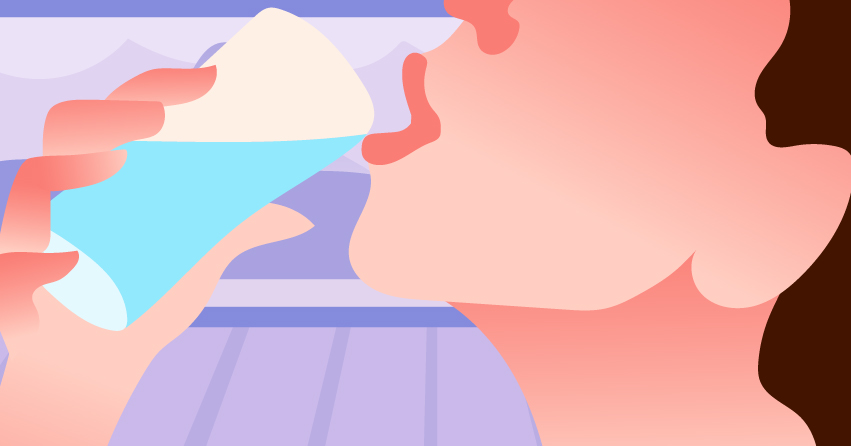
From hot tea to water, staying hydrated is important all throughout your cycle. A few major benefits of drinking plenty of fluids are to avoid bloating and ease your cramps. You also eliminate any wastes or detox your system through urination, perspiration, or bowel movements.
The more hydrated you are, the fewer PMS symptoms you’ll experience or on a lower level.
4 Rely on warmth-related methods.
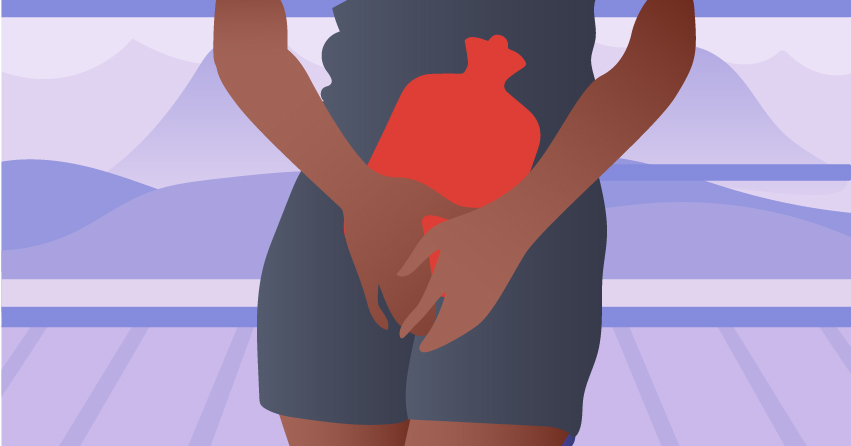
Anything related to warmth on your body lessens the tension and contractions surrounding it, especially in your abdomen. If you’re PMS-ing, you may begin to feel your stomach tightening and experience gradual pain. Or maybe intense pain from the start out of nowhere!
If any of these cases apply to you, let warmth calm you through. Some methods you can try include:
- Using a warm compress on your abdomen or in the affected area
- Drinking warm water or herbal teas (e.g., chamomile and peppermint)
- Taking a warm bath/shower before resting or going to bed
5 Sleep for 7-8 hours a night.
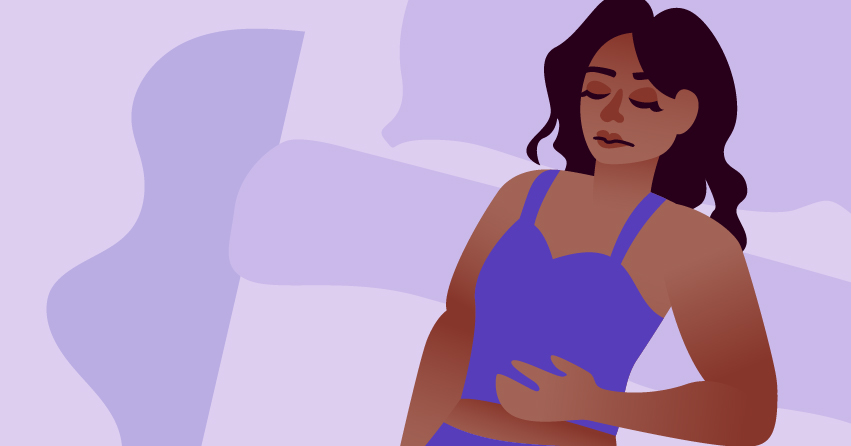
Lack of sleep is never good, so what more if you’re experiencing premenstrual syndrome? The latter and your menstruation puts your body in various bodily changes, especially when blood exits it. Thus, it puts you in instant fatigue and/or a grumpy mood.
As much as possible, get those z’s! If you can exceed 8 hours, that’s even better. Getting a lot of sleep refreshes your entire body and sharpens your concentration and focuses as you wake up. Sleeping early is key too, so listen to your body when it wants to rest. Avoid staying up late!
6 Keep a journal that tracks your symptoms.

No matter the severity of your premenstrual syndrome is, tracking your symptoms can benefit you in many ways. One, you’d know what to expect beforehand so that you would be reassured about why you feel a certain way. For example, if you’ve been extra hungry lately but you check when your last period was, things will add up.
Another is taking control of your health. If you’re feeling cramps, you’d recall taking medications or a hot compress to cool them down. Or if you’re getting a headache, you either take a nap or pain-relieving medicine to get rid of it.
Last is having an easier consultation with your doctor. Rather than struggling to remember on the spot what you felt prior, a journal has all the information you need. Date, time, list of symptoms, and how you relieved them. For the latter, you’re bound to find out more ways to be treated by your doctor if they’ve changed over time.
7 Indulge in self-care.

When you experience premenstrual syndrome, you’re going to need and give more love to yourself during this time. No matter how bad it can be, you must be patient and take extra care of yourself. It’s never selfish to prioritize self-care.
This step can vary a lot for us. Maybe self-care is carving time for our hobbies, spending time with our family and friends, watching movies, or meditation to calm down from the inside. Whatever counts as self-care to you, dedicate time to them and not let PMS win you over!
8 No smoking.

Now, this tip should be self-explanatory. Smoking in the long term can cause heart problems, cancer, lung diseases, and problems with your immune system. If the latter is low, you’d be more prone to other illnesses or feeling weak.
In terms of your menstrual cycle, you’re more likely to experience painful periods. According to this article from Reuters, who interviewed obstetrician/gynecologist Dr. Jennifer Leighdon Wu from Lenox Hill Hospital in New York City, smoking causes vasoconstriction, or constriction of the blood vessels. If it occurs in the uterus, it brings in a lot of pain. Aside from this, it’ll intensify your premenstrual syndrome symptoms beforehand and even delay your cycle.
-
₱2,695.00
-
₱4,045.00
-
₱4,745.00
-
₱4,045.00
Treatment for Premenstrual Syndrome
No matter the gravity of your PMS symptoms, always seek further treatment if you cannot find relief in your day-to-day life. Browse through this section for a wide range of treatment options you can rely on when you’re struck with premenstrual syndrome.
1 Therapy
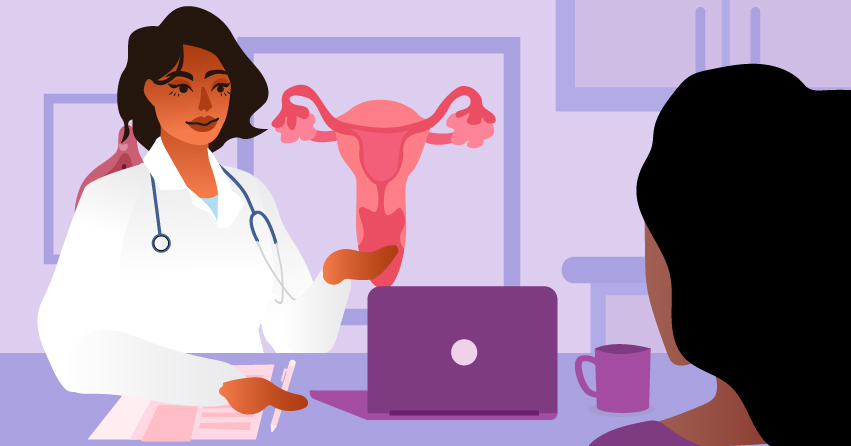
If your life gains a major shift once you get premenstrual syndrome, talking to a professional may be an effective solution. Alongside other extreme complications you’re feeling, it’s better to handle PMS with someone. Or maybe find out if you have PMDD as you experience those complications.
One example of therapy one can take is Cognitive Behavioral Therapy (CBT). According to the American Psychological Association, this form of therapy “usually involves efforts to change thinking and behavioral patterns”. It’s teamwork between the psychologist and patient, where they collaborate to find and understand the problem and then create a treatment strategy.
It can be through exercises in each session they have together. It can also be through “homework” the psychologist gives to the patient to do to apply what they’ve learned and make the changes they want.
-
₱2,975.00
-
₱2,845.00
-
₱1,345.00
-
₱12,645.00
2 Medications

If your PMS symptoms arrive at a mild pace, they can be handled with the necessary lifestyle changes and over-the-counter medications. Some of which will be mentioned below. On the other hand, you may need to take prescribed medication from a medical professional if your symptoms are running severely. Check out what kind of medications to expect when you experience premenstrual syndrome.
- Diuretics: A type of medicine that aids in getting rid of the extra water weight through natural means, like urinating. Sometimes called “water pills”, Mayo Clinic adds that these pills aid your kidney in releasing more sodium in your urine. Sodium removes excess water from your blood, reduces high blood pressure, bloating, and sore breasts.
- Antidepressants and antianxiety medications: Cleveland Clinic highlights Selective serotonin reuptake inhibitors (SSRIs) as “the most common types of antidepressant prescribed to treat the mood-related issues” linked to PMS. They also added fluoxetine, paroxetine, and sertraline as possible options, and that they should be taken as prescribed by their doctor.
- Nonsteroidal anti-inflammatory drugs (NSAIDs): A type of medicine that reduces pain from cramps, headaches, sore breasts, and migraines. Examples of this include Acetaminophen (Biogesic) and Ibuprofen (Advil). They’re also available over-the-counter or through a medical prescription to access high doses for extreme pain.
- Birth control pills: Turns out these pills are more than just a helpful contraceptive. WebMD shares that these pills can stabilize your hormone levels, delivering hormones like estrogen and progesterone in fixed amounts. Not just that, the patterns during your menstrual cycle become more predictable, and you avoid experiencing unpleasant symptoms. Those symptoms include mood swings, cramps, and irregular periods among many more symptoms.
-
₱10,600.00
-
₱9,000.00
-
₱3,485.00
-
₱3,395.00
3 Vitamins, Minerals, and Supplements
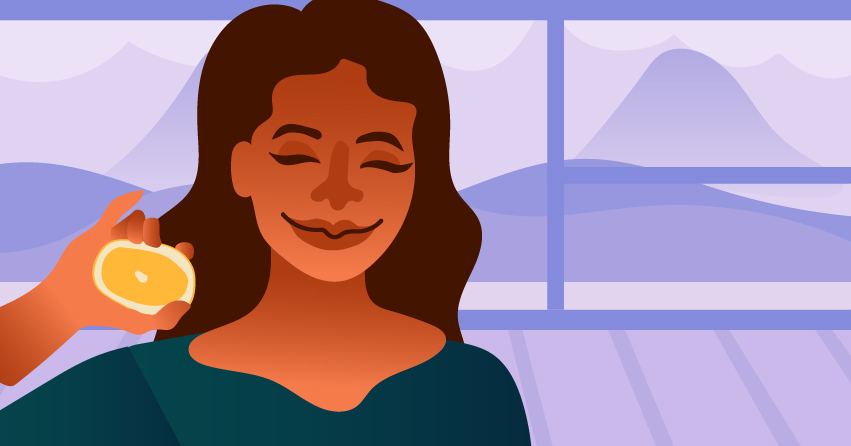
These factors provide the nutrients your body needs to keep you healthy. This can range from fighting illness to healing wounds, strengthening your bones, and many more. Check this list out for the essential vitamins, minerals, and supplements that ease you through your PMS-ing days. We also included food choices to consider that are rich in those aspects.
Simultaneously, consult with your doctor if you’re eager to include these items in your diet so they can regulate your consumption and such as:
- Calcium: According to this study, women with PMS have a lower calcium intake. This meant that they were more prone to experience such. So to combat this, adding more calcium to your diet is helpful. That way, you can swerve from symptoms such as fatigue and appetite changes. Gain more of this mineral through supplements, dairy (e.g., milk, yogurt, eggs), and even bread.
- Magnesium: For some women, WebMD shared that adding magnesium helped lessen their bloating and breast tenderness. It can even help with headaches and anxiety too. As this can vary per woman, products rich in magnesium you can consume are supplements, leafy green vegetables (e.g., spinach), nuts (e.g., cashews, almonds, peanuts, pumpkin, and chia seed), and whole wheat food (bread and outs).
- Vitamin D: Also known as the sunshine vitamin, this vitamin shares similarities to estrogen and progesterone. In a sense wherein the more vitamin D is in your system, the more production of the mentioned hormones. And fewer symptoms associated with PMS, such as mood swings and poor brain function. Products rich in Vitamin D include eggs, dairy products fortified with the vitamin, tuna, salmon, and its supplements.
- Vitamin E: This vitamin can keep your immune system strong and reduce the pain connected to PMS, especially with its supplements. It can also lessen the amount of blood loss as it regulates your entire menstrual cycle and eases cramping, anxiety, and food cravings. Aside from Vitamin E supplements, products rich in this vitamin consist of nuts (e.g., peanuts and almonds), vegetables (e.g., red bell pepper, spinach, and asparagus), plant-based oils (e.g., sunflower, safflower, and soybean oil), and fruits (e.g., mangoes and avocados).
- Vitamin B6: This vitamin can regulate your mood or any emotional symptoms as neurotransmitters are produced for those reasons. You’ll get less irritated and tired too. Products that are abundant in Vitamin B6 include poultry, fish (e.g., tuna and salmon), vegetables (e.g., dark leafy greens), and fruits (e.g., bananas, papayas, oranges, and cantaloupe).
- Omega-3 and Omega-6: These fatty acids bring benefits such as managing inflammation, regulating metabolism, and improving brain function. In addition, it provides one with energy, especially omega-6. Examples of food abundant in these fatty acids are fish (e.g., tuna, sardines, and salmon), nuts (e.g., flaxseeds and walnuts), and oils (e.g., avocado and canola oils).
- Herbal Supplements: A number of herbal remedies are used to relieve one’s PMS symptoms over time. This is due to numerous reasons, such as reducing irritability, bloating, breast tenderness, and acne. Some herbal supplements that you can try, but are important to tell your doctor in advance if you’re interested, are dried chasteberry and evening primrose oil.
Frequently Asked Questions
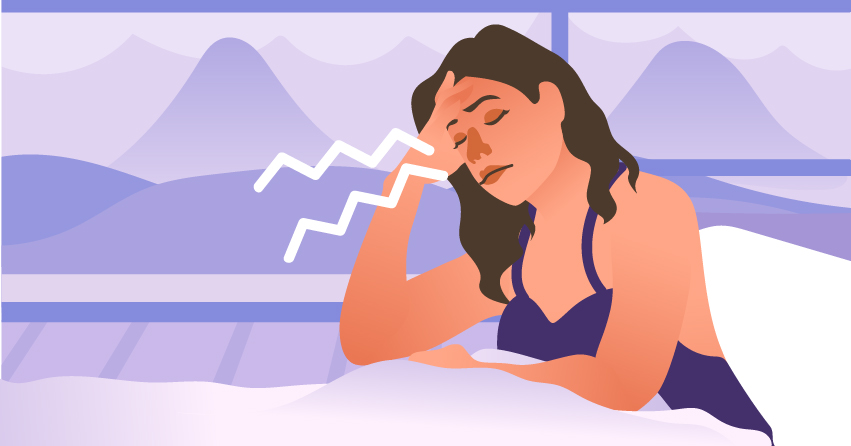
So, you’re still eager to learn more about the dreaded PMS… Look no further! In this section, we’ll be answering a few common queries about this pain-stricken syndrome.
1 Is there a cure for Premenstrual Syndrome?
No. However, the symptoms you’re experiencing will waver away once you hit menopause. So in the meantime, focus on making the necessary lifestyle changes or seeking treatment for these symptoms.
2 How long does PMS last?
It varies per person. It can be 5 days or so after your period. The key is to observe your past patterns to prepare yourself beforehand.
3 Are there any conditions linked with Premenstrual Syndrome?
Yes. Aside from PME, Healthline shares that conditions such as anemia, endometriosis, thyroid disorder, irritable bowel syndrome (IBS), and chronic fatigue syndrome have similar symptoms to PMS.
4 Who can I contact immediately if I or someone I know get suicidal thoughts from PMS or PMDD?
You can contact the National Mental Health Crisis Hotline under the Department of Health (DOH) here. Aside from this, urgently seek professional help through a medical professional.
5 Is it possible for a pelvic exam to be conducted based on my PMS symptoms?
Yes, it is. In order to eliminate the idea of having any possible gynecological condition out there, a pelvic exam is done for further observation.
-
₱5,395.00
-
₱3,395.00
-
₱4,745.00
-
₱4,745.00
Takeaway
Premenstrual syndrome can vary per person, but we can’t deny how much of a nuisance it can be. It can even lead to major conditions if one’s symptoms only worsen over time. But don’t fear; there are solutions to alleviate your PMS-ing days. At the very least, follow a healthy, active routine and consume the right food for your body to nourish it fully.
